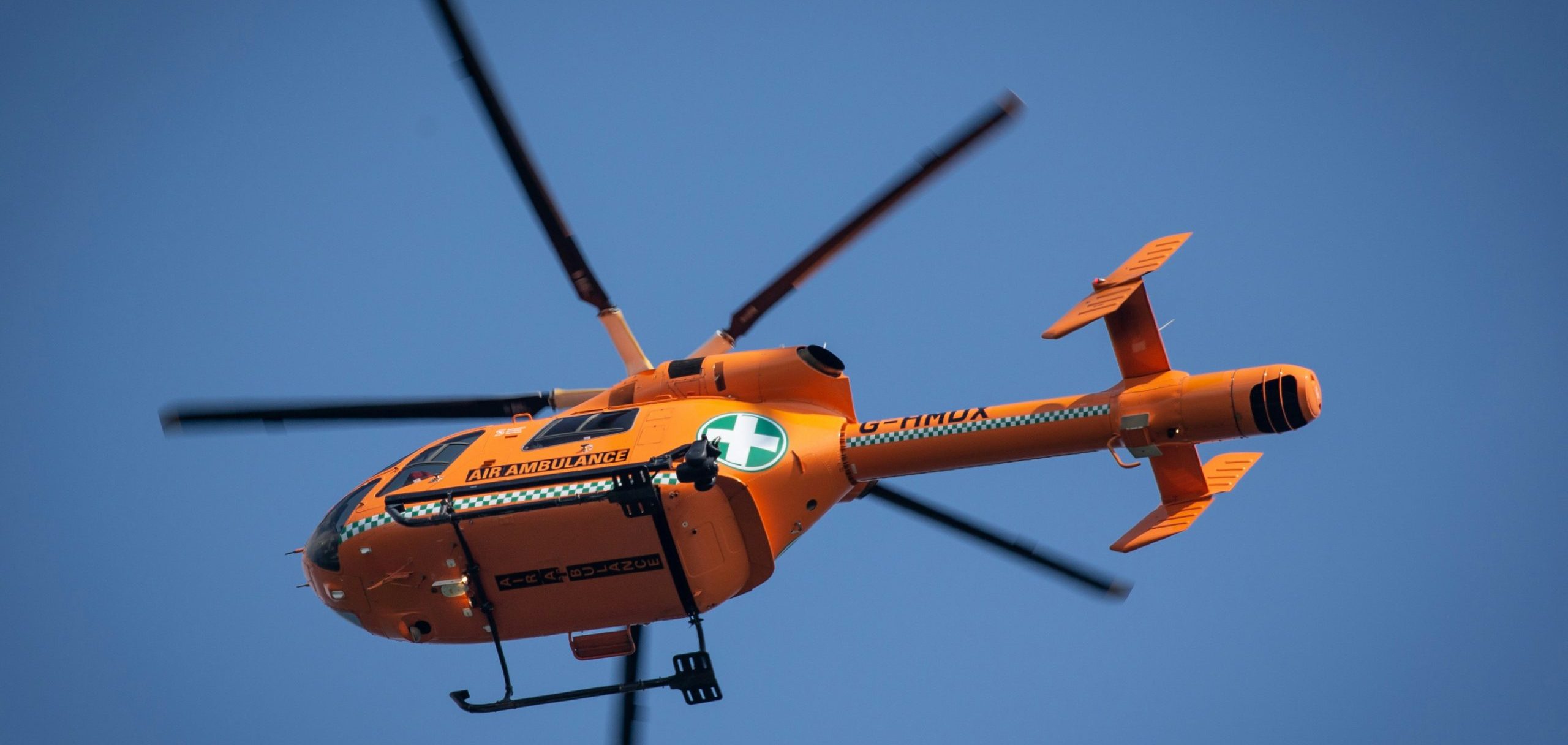Introduction: In the rapidly evolving landscape of aviation technology, aircraft electrical systems are at the forefront of innovation, driving advancements in efficiency, reliability, and sustainability. From powering avionics and lighting systems to supporting critical flight control functions, electrical systems play a pivotal role in modern aircraft operations. In this article, we embark on a comprehensive exploration of aircraft electrical systems, unraveling their intricacies, components, and the transformative impact they have on aviation.
Understanding Aircraft Electrical Systems: Aircraft electrical systems are a complex network of components designed to generate, distribute, and utilize electrical power throughout the aircraft. These systems provide the energy needed to operate essential aircraft systems and equipment, including avionics, lighting, communication systems, flight control surfaces, and cabin amenities.
Key Components of Aircraft Electrical Systems: Aircraft electrical systems comprise several key components, each fulfilling a specific role in the generation, distribution, and utilization of electrical power:
- Generators/Alternators: Generators or alternators are responsible for generating electrical power by converting mechanical energy from the aircraft’s engines into electrical energy. They typically operate on the principle of electromagnetic induction and produce alternating current (AC) electricity.
- Batteries: Batteries serve as a source of electrical power for aircraft systems, providing backup power in the event of generator failure or during ground operations when the engines are not running. Aircraft batteries are rechargeable and often use lead-acid or nickel-cadmium (NiCad) technology.
- Bus Bars: Bus bars are conductive metal bars or strips used to distribute electrical power from the generators/alternators and batteries to various electrical systems and components throughout the aircraft. They serve as a central electrical distribution point.
- Distribution Panels: Distribution panels distribute electrical power from the bus bars to individual electrical systems and components. They contain circuit breakers or fuses to protect against electrical overloads and short circuits.
- Wiring Harnesses: Wiring harnesses consist of bundles of insulated electrical wires routed throughout the aircraft to connect electrical components and systems. They provide a structured and organized means of transmitting electrical power and signals.
- Avionics: Avionics encompass the electronic systems used for navigation, communication, instrumentation, and flight control. These systems rely on electrical power to operate and include components such as radios, GPS receivers, flight displays, and autopilot systems.
- Lighting Systems: Aircraft lighting systems provide illumination for various purposes, including navigation, visibility, and safety. They include exterior lights such as navigation lights, strobe lights, and landing lights, as well as interior lights for the cabin and cockpit.
Operation of Aircraft Electrical Systems: The operation of aircraft electrical systems involves the following basic principles:
- Generation: Generators or alternators generate electrical power by converting mechanical energy from the aircraft’s engines into electrical energy. This power is typically produced in the form of alternating current (AC) electricity.
- Conversion: AC electricity generated by the generators/alternators is converted to direct current (DC) electricity using rectifiers or inverters. DC power is commonly used to power avionics, lighting systems, and other onboard equipment.
- Distribution: Electrical power is distributed from the generators/alternators and batteries to various electrical systems and components throughout the aircraft via bus bars, distribution panels, and wiring harnesses.
- Utilization: Electrical power is utilized by aircraft systems and components to perform their intended functions, such as navigation, communication, flight control, and lighting.
Benefits of Aircraft Electrical Systems: Aircraft electrical systems offer several key benefits that make them indispensable in modern aviation:
- Efficiency: Electrical systems are highly efficient compared to traditional hydraulic or pneumatic systems, minimizing energy losses and maximizing power utilization.
- Reliability: Electrical systems are known for their reliability and durability, with many components designed to withstand harsh operating conditions and extended service life.
- Flexibility: Electrical systems offer greater flexibility and scalability compared to mechanical systems, allowing for easier integration of new technologies and upgrades.
- Sustainability: Electric aircraft systems contribute to sustainability efforts by reducing fuel consumption, emissions, and environmental impact compared to traditional combustion-based systems.
Conclusion: In conclusion, aircraft electrical systems represent a cornerstone of modern aviation, providing the power, control, and functionality needed to operate essential aircraft systems and equipment. From generating electrical power to distributing it throughout the aircraft and utilizing it to power avionics, lighting, and other onboard systems, electrical systems play a crucial role in ensuring the safety, efficiency, and sustainability of air travel. As aviation technology continues to advance, electrical systems will remain at the forefront of innovation, driving the development of cleaner, more efficient, and more technologically advanced aircraft for generations to come.

